Introduction
In the realm of natural remedies and holistic wellness, aloe vera stands out as a versatile plant known for its myriad health benefits. From soothing sunburns to aiding digestion, aloe vera’s gel has been cherished for centuries. However, did you know that the leaves of this miraculous plant can also be transformed into a refreshing and nutritious tea? Dried aloe vera tea offers a convenient way to enjoy its detoxifying, anti-inflammatory, and immune-boosting properties year-round. By making your own dried aloe vera tea at home, you can ensure the purity and freshness of your ingredients, tailored exactly to your taste preferences. This guide will walk you through the entire process, from harvesting fresh aloe vera leaves to brewing a perfect cup of tea.
Section 1: Understanding Aloe Vera and Its Tea Benefits
Before diving into the DIY process, it’s crucial to understand what makes aloe vera such a powerful ingredient. Aloe vera (Aloe barbadensis Miller) is a succulent plant species belonging to the Asphodelaceae family. Its thick, fleshy leaves are filled with a gel-like substance rich in vitamins, minerals, antioxidants, and polysaccharides like acemannan, which are known for their healing properties.
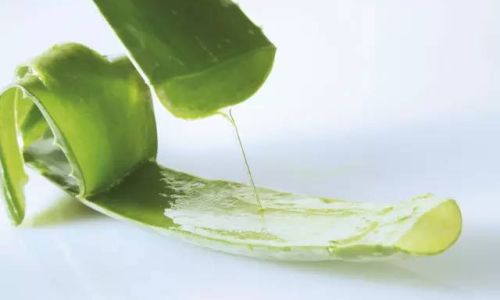
When prepared as tea, the outer skin and some of the bitter latex (the yellow sap found just beneath the skin) of the aloe vera leaf are removed, leaving the inner gel and the rind’s inner layer (often referred to as the aloe vera fillet) for drying. Dried aloe vera tea is believed to support digestion, enhance skin health, boost the immune system, and promote overall well-being. It’s important to note that excessive consumption or ingestion of the latex can cause diarrhea or stomach discomfort, so proper preparation is key.
Section 2: Harvesting Fresh Aloe Vera Leaves
To begin your journey of making dried aloe vera tea, you’ll need fresh aloe vera leaves. Ideally, source your leaves from an organically grown aloe vera plant to avoid any potential pesticides or chemicals. Here’s how to harvest them:
-
Choose the Right Leaves: Look for healthy, thick leaves that are at least 12 inches long. Avoid leaves that are damaged, discolored, or too thin.
-
Harvest with Care: Use a sharp, clean knife to cut the leaves close to the base of the plant. This encourages new growth.
-
Clean the Leaves: Rinse the harvested leaves thoroughly under running water to remove any dirt or debris. Pat them dry with a clean cloth.
Section 3: Preparing the Aloe Vera for Drying
Once you have your fresh leaves, the next step is to prepare them for drying. This involves removing the gel and the latex, leaving only the fillet suitable for tea.
-
Remove the Spines: Use a vegetable peeler or a sharp knife to carefully scrape off the thorny edges of the leaves.
-
Extract the Gel (Optional): While you’ll primarily be using the fillet for tea, you can also extract the gel for other uses. Cut the leaf lengthwise and scoop out the gel with a spoon. Store the gel in an airtight container in the refrigerator for up to a week.
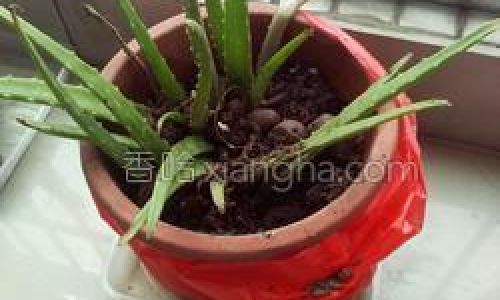
-
Remove the Latex: Carefully scrape off the yellow latex layer from the inner surface of the leaf using a knife or spoon. Be mindful not to let the latex touch your skin as it can cause irritation.
-
Slice the Fillet: Cut the cleaned fillet into thin strips or small pieces. The thinner the slices, the faster they will dry.
Section 4: Drying the Aloe Vera Fillet
There are several methods to dry aloe vera fillet, each with its own set of pros and cons. Here are three popular methods:
-
Sun-Drying: Lay the sliced fillet on a clean, mesh drying rack or a baking sheet in a sunny, well-ventilated area. Turn the pieces occasionally to ensure even drying. This method can take several days depending on the sun’s intensity and humidity levels.
-
Dehydrator: Using a food dehydrator is a faster and more controlled way to dry aloe vera. Set the temperature to around 105°F (40°C) and dry the fillet for about 8-12 hours, or until completely crispy.
-
Oven-Drying: Preheat your oven to its lowest setting, usually around 150°F (65°C). Spread the fillet slices on a baking sheet and place in the oven. Prop the oven door open slightly with a wooden spoon to allow moisture to escape. Dry for about 4-6 hours, checking frequently to prevent burning.
Section 5: Storing Your Dried Aloe Vera
Once fully dried, your aloe vera fillet should be brittle and easy to break into smaller pieces. Store it in an airtight glass jar in a cool, dark place. Properly stored, dried aloe vera can last for up to a year.
Section 6: Brewing Your Dried Aloe Vera Tea

Now that you have your dried aloe vera fillet, it’s time to brew a cup of tea. Here’s a simple recipe:
-
Measure the Dried Fillet: Use about 1 teaspoon of dried aloe vera fillet per cup of water.
-
Boil Water: Bring fresh, filtered water to a boil.
-
Steep the Fillet: Pour the boiling water over the dried fillet in a teapot or a heatproof container. Allow it to steep for 5-10 minutes.
-
Strain and Serve: Use a tea strainer to remove the fillet pieces. Sweeten your tea with honey or a natural sweetener if desired.
-
Enjoy: Sip your homemade dried aloe vera tea and enjoy its subtle, earthy flavor and the myriad health benefits it offers.
Section 7: Tips and Troubleshooting
- Quality Control: Always inspect your dried aloe vera for signs of mold or moisture before brewing.
- Flavor Enhancements: Experiment with adding lemon, ginger, or mint to your tea for added flavor and health benefits.
- Rehydration: If your dried fillet feels a bit too brittle, you can lightly rehydrate it by soaking it in hot water for a few minutes before brewing.
- Storage Precautions: Ensure your storage container is completely sealed to prevent moisture and air from degrading your dried aloe vera.
Conclusion
Making your own dried aloe vera tea is not only a rewarding DIY project but also a fantastic way to harness the natural healing powers of aloe vera. By following these steps, you can ensure that every sip of your tea is packed with purity, freshness, and health benefits. Whether you’re looking to unwind after a long day or incorporate more natural remedies into your daily routine, dried aloe vera tea is a delightful and nutritious addition to your wellness arsenal. Happy brewing!
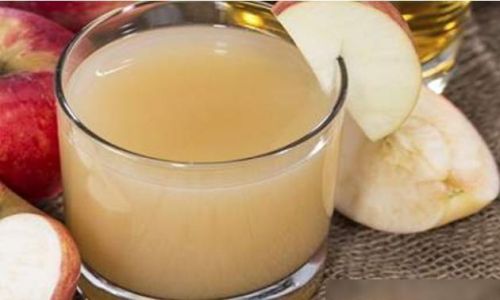

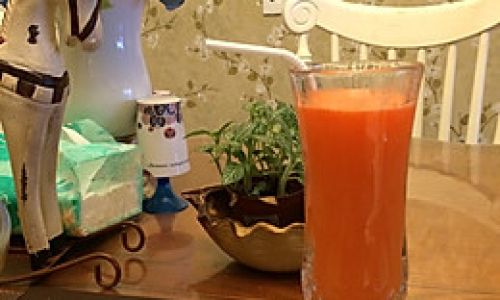

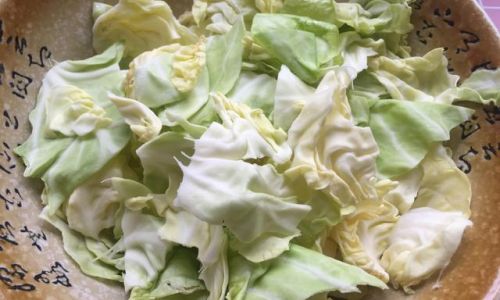
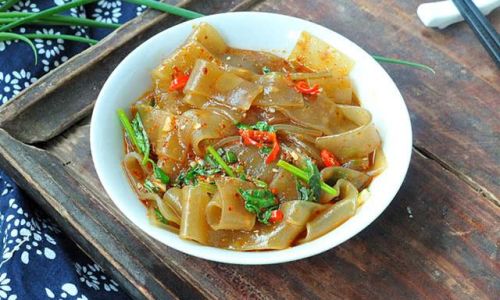
0 comments